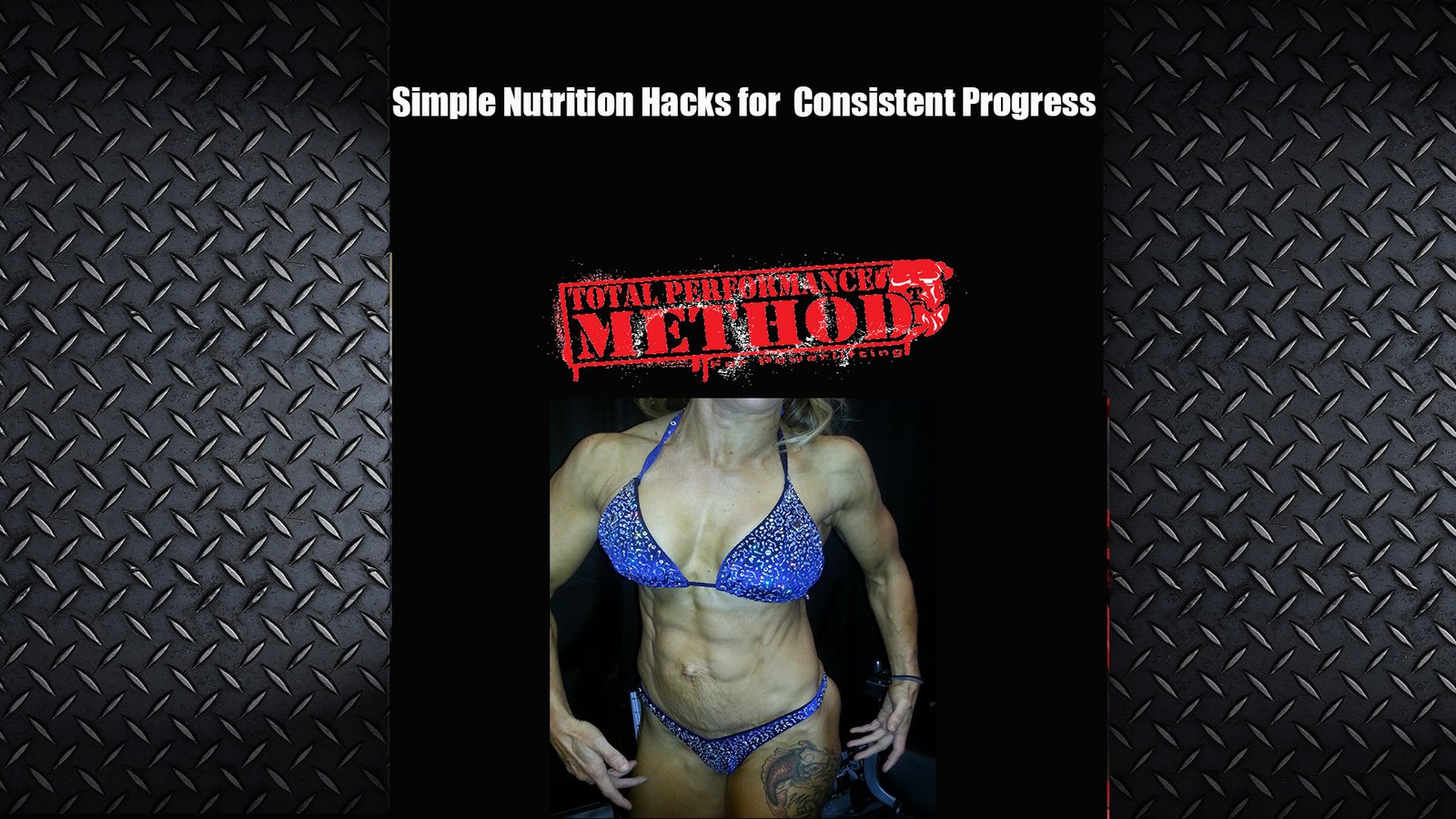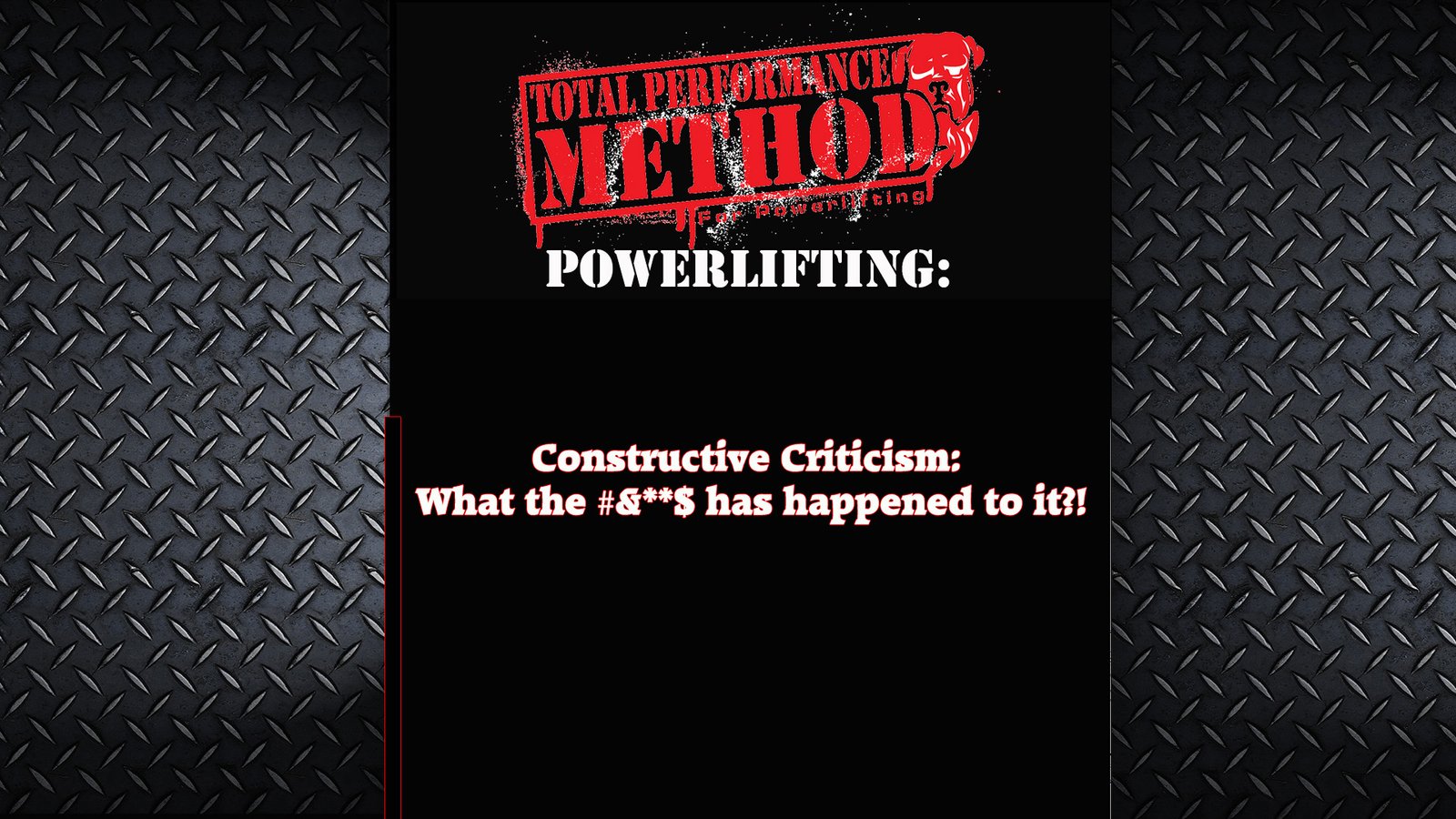When people first start working out they generally want to do more.
– Lift more weight
– Do more reps
– Train more frequently
– Do more conditioning
While I respect the desire to improve and work hard, it’s important to remember that doing more isn’t always the best choice.
In fact, often times, doing less produces the best results.
One area in which this holds true is in the realm of conditioning; specifically,
anaerobic-alactic conditioning.
Anaerobic-Alactic Conditioning – An Overview
What Is It? Anaerobic alactic conditioning is a form of training primarily utilizing ATP as the body’s source of energy. The “anaerobic” aspect means it does not require oxygen and the “alactic” component means it does not result in the accumulation of lactic acid.
What Is Its Purpose? Anaerobic alactic conditioning is mainly used to increase maximal strength, speed, and/or power.
How Does it Work? The anaerobic alactic energy system provides massive bursts of energy in very short periods of time. Generally speaking, the anaerobic alactic energy system can only be dominant for, at most, 20 seconds before the anaerobic lactic and aerobic energy systems take over.
To illustrate, a max effort deadlift utilizes the anaerobic alactic energy system as it requires a huge amount of energy in a relatively short period of time. The same goes for the 100yd dash, high jump, and Olympic lifting events.
Conversely, longer lasting events such as the 800m dash and 5k race are dominated by the anaerobic lactic energy system. Even longer events such as a marathon are almost entirely fueled by the aerobic energy system.
Why Are You Telling Me This?
Used correctly, anaerobic-alactic conditioning can be a great addition to your current training regimen.
Specifically, if your goals revolve around improving athletic performance,
Anaerobic-alactic conditioning circuits can be extremely effective.
Keep in mind, they should not make up all – or even most – of your conditioning work, but used sparingly they are a highly useful tool.
Unfortunately, most people have no idea how to implement them correctly.
Through reading the remainder of this article you will learn exactly how to use
Anaerobic-alactic conditioning circuits to improve your performance in the quickest, safest, and most efficient manner.
Anaerobic-Alacactic Conditioning – Program Considerations
How Often? Anaerobic-alactic conditioning circuits can be performed 1-2 sessions per week for 2-6 weeks at a time. Once that time frame is over, switch to anaerobic lactic and/or aerobic-based conditioning.
How Hard? The whole point of anaerobic-alactic conditioning is to go as hard as humanly possible. If you aren’t going as hard as you can then you aren’t doing it right.
How Long? Work periods should last between 8-20 seconds depending on your goal. If you want more power-based work then stay on the lower end of the spectrum whereas if you want more capacity-based work stick to the higher end.
Rest periods, on other hand, should remain between 90-120 seconds. Ideally you’d wait until your heart rate returns to roughly 120 beats per minute (BPM) but, if you don’t have a heart rate monitor just stick to timed rest periods.
How Many Sets? Generally speaking, anywhere between 8-12 sets is sufficient to see the best results from anaerobic-alactic conditioning.
Which Exercises? Pretty much any exercise will work so long as you’re working as hard as humanly possible. My personal favorite drills include variations of sprinting, jumping, sled pushing, thrusters, kettlebell swings, battling ropes, and shadow boxing.
What’s a Sample Program Look Like?
Below I’ve provided 2 sample anaerobic-alactic conditioning circuits. Feel free to incorporate them into your training exactly as written or use any variation that works best for you.
Option #1
Goal: Improved Power
Work Periods: 10 seconds
Rest Periods: 90 seconds
Total Rounds: Repeat circuit 2 times for a total of 8 sets
1) Kettlebell Swing
2) Clap Push-Up
3) Squat Jump
4) Explosive Chin-Up
Instructions: Perform exercise #1 (Kettlebell Swings) for 10 seconds as hard as humanly possible, rest for 90-seconds, then continue to exercise #2 (Clap Push-Ups). Repeat the same process (work for 10 seconds, rest for 90 seconds) until you’ve gone through the entire circuit twice.
Option #2
Goal: Improved Capacity
Work Periods: 15 seconds
Rest Periods: 120 seconds
Total Rounds: Repeat circuit 2 times for a total of 10 sets
1) Prowler Push
2) Chin-Up
3) Alternating Jump Lunge
4) Battling Ropes
Instructions: Perform exercise #1 (Prowler Push) for 15 seconds as hard as humanly possible, rest for 120-seconds, then continue to exercise #2 (Chin-Ups). Repeat the same process (work for 15 seconds, rest for 120 seconds) until you’ve gone through the entire circuit twice.
Wrapping Up
The key to anaerobic-alactic conditioning is understanding that less is more!
There may be times when you feel like you could do more or where you want to push yourself further.
Don’t.
Follow my instructions, work as hard as possible, and reap the benefits of doing less!










Best explination of alactic condition I’ve read, easy and simple, but most importantly, very accurate. Loved it!
Thanks!
I agree, this was a nice, concise explanation with immediate, practical applications. Very helpful, Thank You.
Beautiful!!! Very helpful as a current trainer.